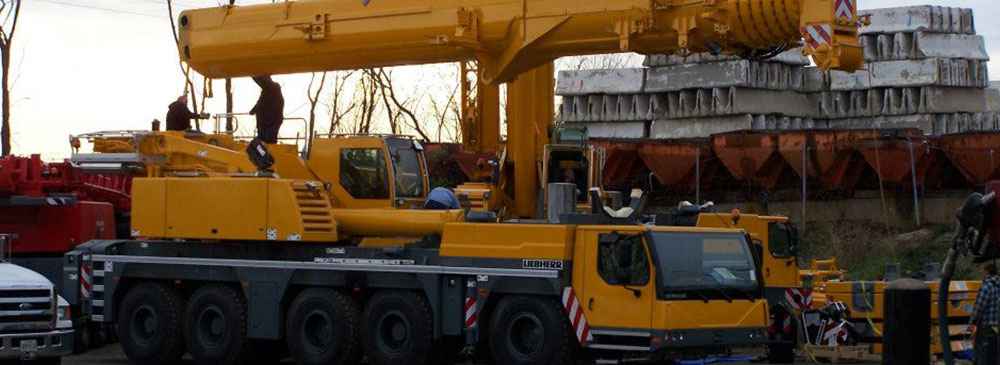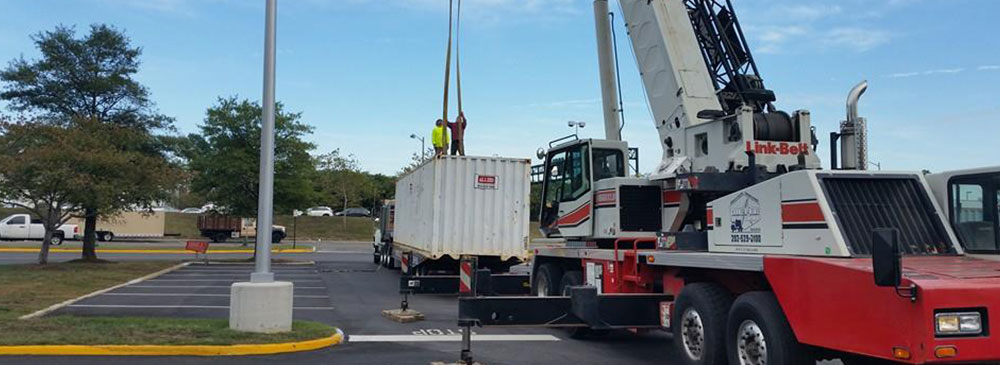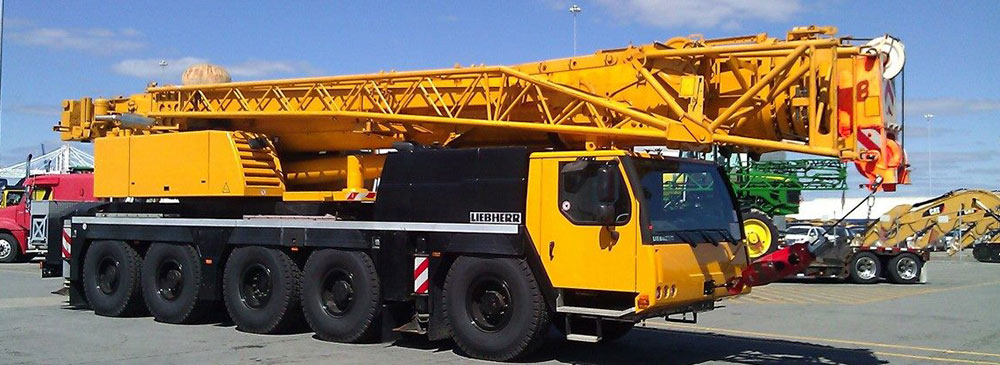
As much as they come in handy when doing heavy work, heavy machinery can be highly risky and lead to expensive accidents. Thankfully, there are a number of things you can do to reduce the risk. Plenty of things can go wrong when you are moving heavy machinery, so you should be ultra-cautious when doing it.
To help you out, here are tips given by heavy machinery moving experts on how to transport the equipment safely.
Be cautious when transporting the equipment
As mentioned, when moving the equipment from one place to the other, you need to be ultra-cautious and avoid accidents. As a rule of thumb,, you must ensure that you are working with reputable machinery moving company.
Other than this, you need to:
Ensure that the transport vehicle’s gross vehicle weight rating and/or gross combination weight rating are not exceeded.
Determine whether permits for oversized or over width movements will be necessary. These loads may also necessitate warning flags, lights, and oversized or wide load banners. If this is the case, get them.
Find out if there are any loading requirements for the equipment, such as the usage of locking pins, brakes, a specific transmission gear or deck wideners.
Find out where the equipment will be placed on the transport vehicle to ensure proper weight distribution and securement.
Check the equipment’s securement points for wear and damage.
If there will be little friction between the equipment and the transport vehicle (for example, metal crawler tracks on a metal deck), consider if friction devices are required. If you need them, get them before you begin the transportation.
If the item to be moved has rubber tires, check the pressure. Low pressure may cause the tie-downs to loosen.
Remove any excess aggregate, dirt, debris, or other materials that could fall or reduce friction during transport.
Have minimum tiedown requirements during transportation
- If the loaded vehicle has crawler tracks or wheels, you should have at least four tie-downs to prevent the machine from moving around.
- You can use a chain as two tiedowns provided it is appropriately linked to two anchor points with two binders and has slack in the middle, ensuring that a break in the chain does not affect each tiedown.
- The total working load limits of the tie-downs must be at least 50% of the cargo’s weight. If the cargo weight is unknown, more tie-downs may be required.
- You can attach the tie-downs near the front and back of the equipment, or
- At the mounting locations of the equipment intended for that purpose.
- Stop and inspect the load securement 50 miles into the journey, and every three hours or 150 miles thereafter. This is because the loads can move, and the tie-downs can become loose on bumpy roads and during acceleration and deceleration.
- If you notice a problem, you should fix it before proceeding with the journey.
- Be ultra-cautious when loading heavy equipment for transportation
- Do not operate or load equipment you are unfamiliar with or cannot operate safely.
- When possible, put the equipment against a vehicle structure to help prevent forward movement, unless weight distribution or securement considerations prevent this.
- Attach securement devices cautiously to avoid damaging brakes, hydraulic lines, or cylinders.
- Use edge protection to safeguard the tie-downs and equipment.
- Whenever possible, utilize the equipment manufacturer’s designated connection points and adhere to the manufacturer’s securement guidelines.
- Attach, each tiedown as close to the vehicle’s front and rear as possible, or to mounting points on the car built explicitly for that purpose.
- Do not use any attachment point with doubtful strength or compatibility.
- Chain is the primary tiedown method for large equipment and machinery. Ensure that no links are strained or have nicks.
- Use direct tiedowns whenever possible, but remember that they require more tiedowns than indirect tiedowns.
- Place chocks, cradles, wedges, or other measures against the wheels to keep wheeled vehicles from moving. These devices require security.
Protect the equipment after loading.
You should lower all supplementary equipment and moveable elements, such as hydraulic shovels, booms, ploughs, crane arms, etc., and secure them to the transport vehicle with tie-downs.
Accessories with locking pins or similar devices that prevent movement in any direction are not required to be secured with additional security measures.
Hydraulics alone are insufficient to secure auxiliary equipment.
If the equipment you are transporting has an articulation point, pivot, or hinge in its design, secure or constrain the vehicle or equipment to prevent articulation during transit.
Secure accessories and other things not attached to the equipment to the transport vehicle by the normal cargo securement rules.
Confirm the vehicle’s true height and breadth.
Perform all needed en-route security assessments.
Do a final inspection before transportation.
You should do the Level I inspection, a thorough 37-step examination of the vehicle and the driver’s credentials.
As part of the cargo security inspection, you should check the following:
- Ensure that spare tires, loads, goods, tools, and dunnage are securely fastened and do not fall, blow, spill, leak the vehicle, or roll or shift while in transportation.
- Make sure there are enough tie-downs for the weight and length of the equipment you are transporting.
- Check for faulty tie-downs, which may be loose, torn, broken, crooked, or knotted.
- Inspect the anchor points and buildings for damage.
- Confirm that you are observing commodity-specific cargo security standards.
Know your limits
Even seasoned veterans can sometimes find transporting and operating heavy machinery difficult. Regardless of your instructions, never place yourself in a scenario that makes you uncomfortable.
If you are unsure about loading a machine on a slope or in hazardous conditions, get the help of professional heavy machinery movers VA. Staying calm and aware throughout the day will help you to be more productive and create a great working atmosphere for those around you.
When hiring moving companies, don’t hire the first one you come across. Instead, you should take your time and find a reputable one with a proven track record.
When hiring, ask them to provide proof of having previously handled a similar project. This way, you will be sure that you won’t land into problems and will have an easy time.

